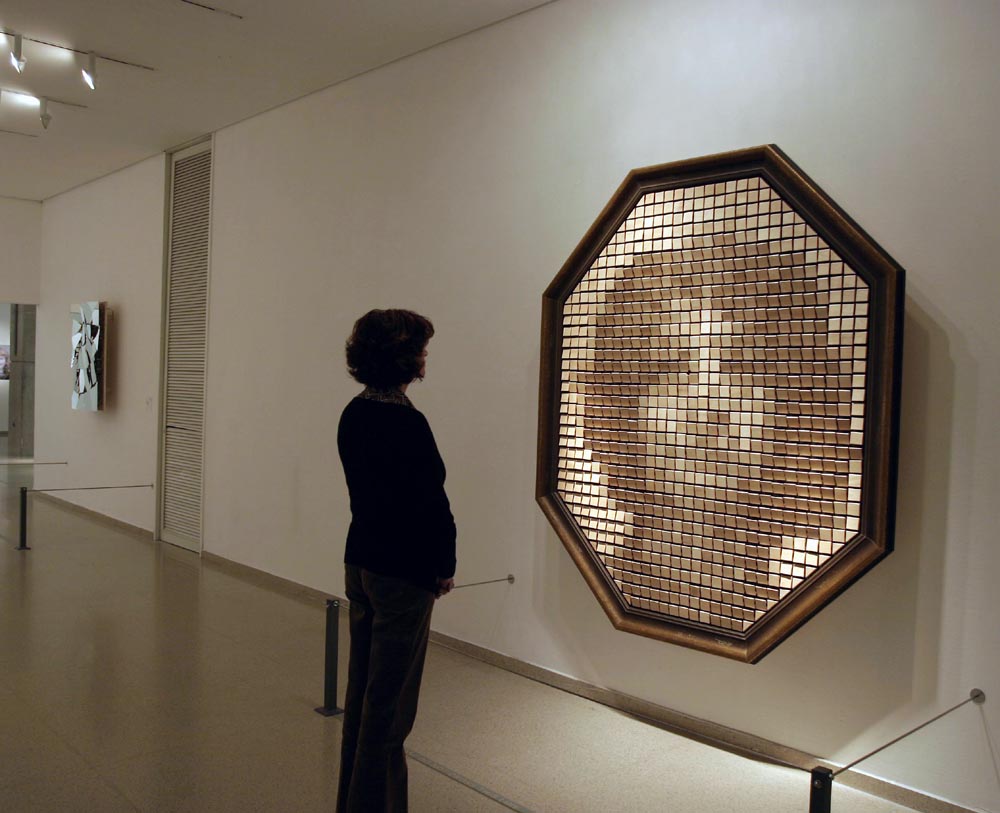An unwavering truism about our present world demographic: there are more people now than ever before. Human life has come to dominate the biosphere not only in the exponential population explosion we've witnessed in the past century, but further to include the primacy of domesticated plants and animals to sustain us. These factors have set the stage for the dilemmas of our time.
In
Collapse: How Societies Choose to Fail or Succeed, author Jared Diamond takes a tour of societal failures - those realized, those avoided, and the potential for those to come. While societal collapses are replete with particularities to the given circumstances, Diamond finds commonalities which thread them all together. Extensive historical comparative analysis as well as modern examples of collapse are examined under the five-point framework Diamond ultimately sees as determining the success or failure of a society:
1. environmental impact
2. climate change
3. hostile neighbors (war)
4. friendly neighbors (trade)
5. response to problems
Diamond's proposition stands in stark contrast to previous works of the sort which argue for societal collapse as an inevitable stage inherent in the cyclical nature evident in the evolution of a culture. This archaic view seems to disregard the cognizance of a culture and its ability to respond to the social pathology of which it ails. Diamond explains that a society may fail anywhere along three steps: the society must first perceive their situation, choose to take action and a course of action to solve the problem, and lastly to succeed in that course. Aside from when the problem is not perceived, often dilemmas arise where short term and long term consequences are not adequately evaluated to inform the process or long-held values distort the decision.
The takeaway Jared Diamond provides is that although past societies have failed to transform a large percent of the time, some have managed to succeed such as the deforestation of Tokugawa Japan and the agricultural issues of New Guinea. In light of what we face in our present day, the stakes are higher. The global economy intertwines all societies such that the failure of one could create a domino effect for the rest. Further, there are so many issues that we face, it would be devastating to prioritize a single threat to our livelihood; there are at least a dozen of serious threats which need to be dealt with on the same scale and with the same degree of subtlety.
To mention a few of the issues Diamond highlights: deforestation, arable land and soil fertility, competition between introduced and native species, poaching, water management, environmental toxins, energy shortages, and of course climate change. Since Diamond among others have graciously identified the issues, it is up to us to decide our course of action. Geneticists have already arrived at successes in developing modified plants that are:
aluminum tolerant,
saline tolerant,
drought tolerant, and
flood tolerant. Mycologists have discovered fungi that can
break down environmental contaminants, and others which are able to produce hydrocarbon chains not unlike that of
diesel fuel. We need to take the steps to ensure these fields of scientific research have permanence. In the end, we will reap just what we sow.


